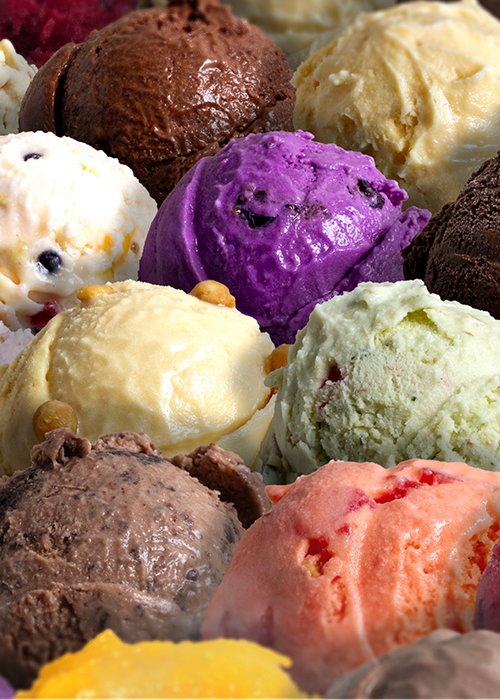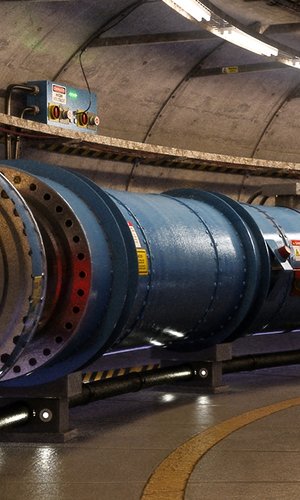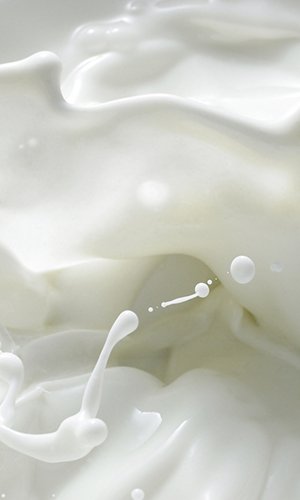Ice cream is many things. It’s a delicious food, a cold dessert made with milk, water, sugars, fats, eggs, fruit and flavourings. It evokes memories and emotions, it’s a marvel of chemistry and physics, and above all, it has an ancient history. Ice cream is solid yet creamy, thanks to a production process that combines freezing with mechanical agitation. This technique incorporates air into the mixture, prevents the formation of large ice crystals (like those in granita), and gives the product its characteristic velvety texture that we all love. From a physicochemical point of view, ice cream is also a complex food: it is simultaneously an emulsion, a dispersion and a foam. So, let’s take a look at its main components and their roles. Water is the main solvent. During freezing, some of the water crystallises into ice, while some remains “free” (in a non-frozen phase), containing sugars, proteins and salts. Fats (lipids) are present in the form of globules and help to create structure and creaminess; they trap air bubbles and carry fat-soluble flavours – that is, aromatic substances that dissolve in fats but not in water. Sugars not only give sweetness, but also lower the freezing point of the mixture, preventing the water from crystallising completely. They work a bit like salt spread on roads to stop them icing over. Proteins come from milk, cream or eggs. The most important are caseins and whey proteins. Emulsifiers, such as lecithin, help the liquid phase and the fats combine smoothly – otherwise, the fat would separate like drops of oil in water. But ice cream is not only a treat for the palate. It’s also a historical and cultural phenomenon that has accompanied humanity for millennia, evolving through different eras and civilisations.
The history of ice cream is ancient and crosses continents, civilisations and cultures. The earliest records date back to 2000 BC in imperial China, where cold preparations were made with milk and rice, flavoured with spices and chilled using snow. Even in the Bible, there are references to chilled drinks: Isaac offered Abraham a mixture of goat’s milk and snow to relieve the heat. The ancient Romans also knew basic methods of refrigeration: Emperor Nero had snow collected from the Apennines to chill fruit salads with honey and spices. In the Greek world, around 500 BC, cold drinks were made with honey, lemon and pomegranate. During the 9th century, with Arab domination in Sicily, sherbet became popular – a chilled beverage flavoured with fruit juices and sweetened with sugar cane imported from Persia. The Arabs used snow from Mount Etna to cool these preparations, laying the foundations of Sicily’s artisanal ice cream tradition. These experiments also gave rise to granita and sorbet – forerunners of modern ice cream. The true breakthrough in ice cream production came during the Italian Renaissance thanks to Bernardo Buontalenti, a Florentine architect and scientist, who in 1565 at the court of Catherine de’ Medici created a recipe that anticipated the modern version: milk, cream, eggs, sugar and flavourings, frozen with snow and a pinch of salt. A century later, in 1686, the Sicilian Francesco Procopio dei Coltelli perfected the art of ice cream by opening the famous Café Procope in Paris – considered the first true ice cream parlour in Europe. Here, ice cream ceased to be an aristocratic delicacy and became a popular treat, thanks to an innovative production system: a metal cylinder immersed in a mix of ice and salt and rotated manually. In 1843, Nancy Johnson in the United States patented the first hand-cranked ice cream maker, improving both domestic and artisanal production. Later, William Le Young added a motor to the system, allowing for more even and continuous freezing. The first real industrial ice cream appeared in Italy in 1948 with the Mottarello fiordilatte – a creamy milk-based ice cream coated in a thin layer of chocolate. In the 1950s came the iconic Cornetto – the first wafer cone produced on an industrial scale, destined to become a global icon. The twentieth century was the era of global ice cream expansion. International brands were born, ice cream parlour chains spread, and new varieties appeared: soft serve, frozen yoghurt, vegan ice cream, and countless other forms we know today. Ice cream is much more than a simple dessert: it’s a symbol of sociability, culture, innovation, and historical memory. It has travelled across millennia, evolving from an aristocratic ritual to a mass phenomenon, while preserving its unique charm. Today, thanks to scientific research and technological innovation, ice cream continues to evolve, taking on new forms and adapting to modern needs, without ever losing the simplicity and joy that have made it one of the most beloved foods in the world.




